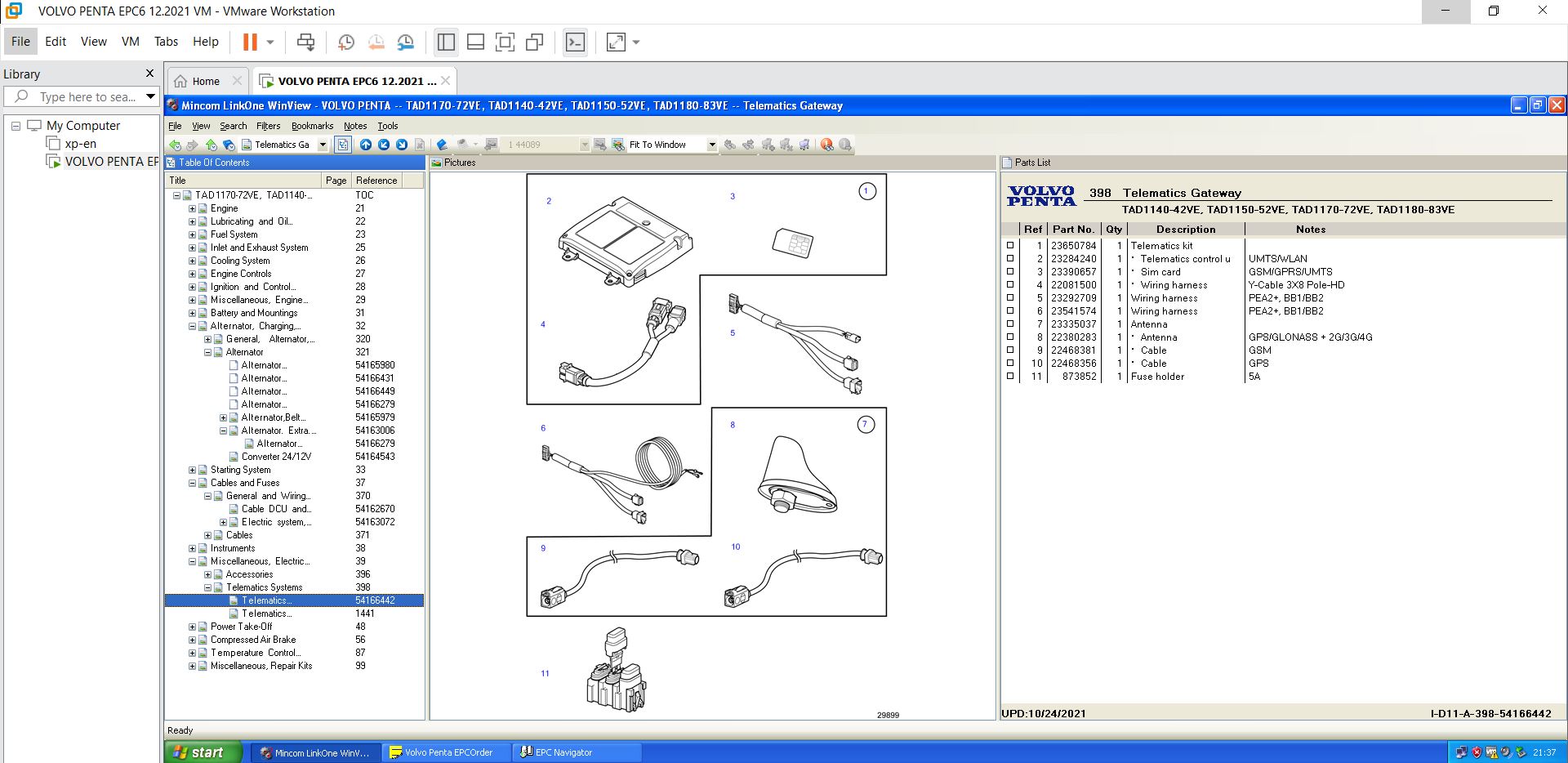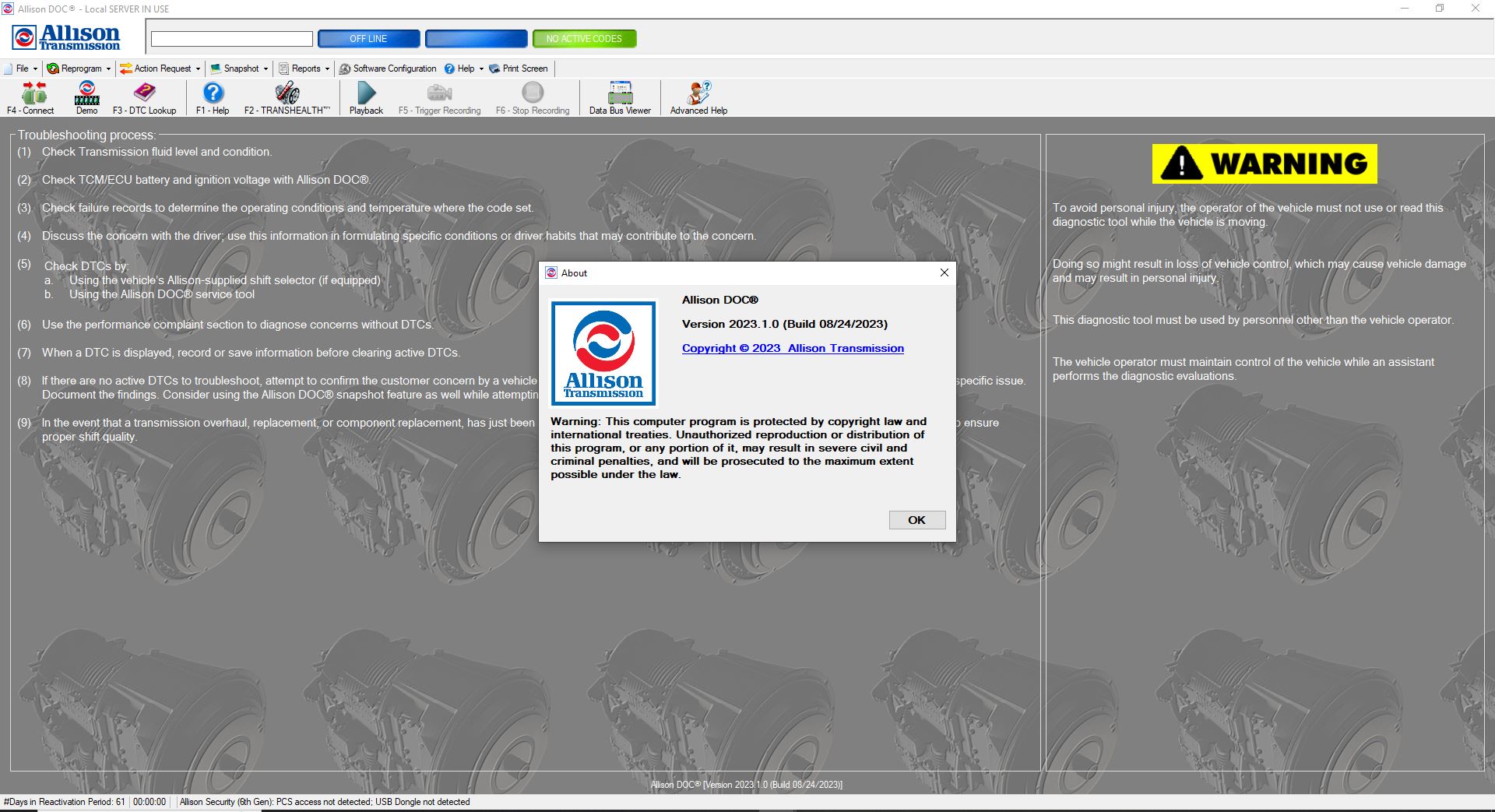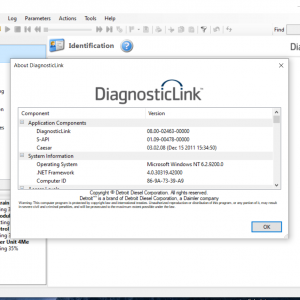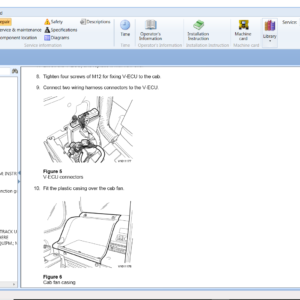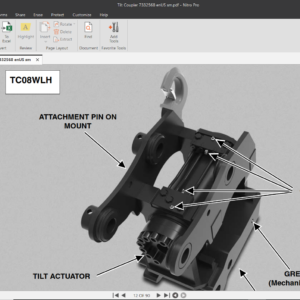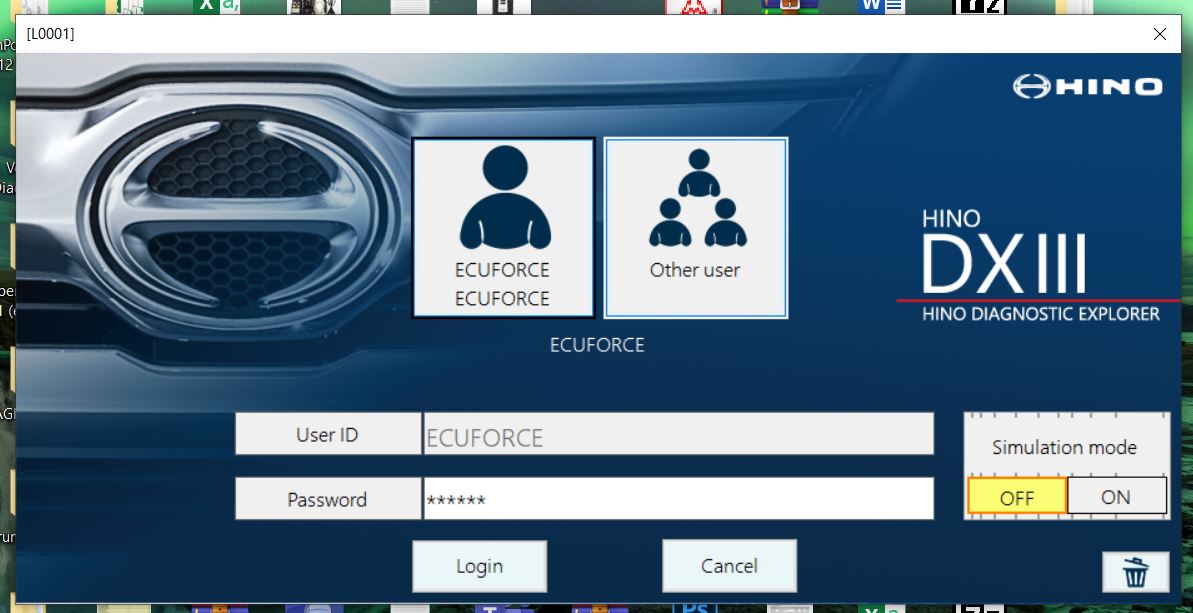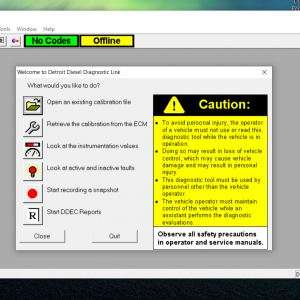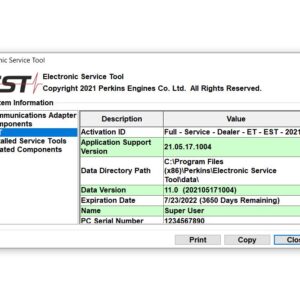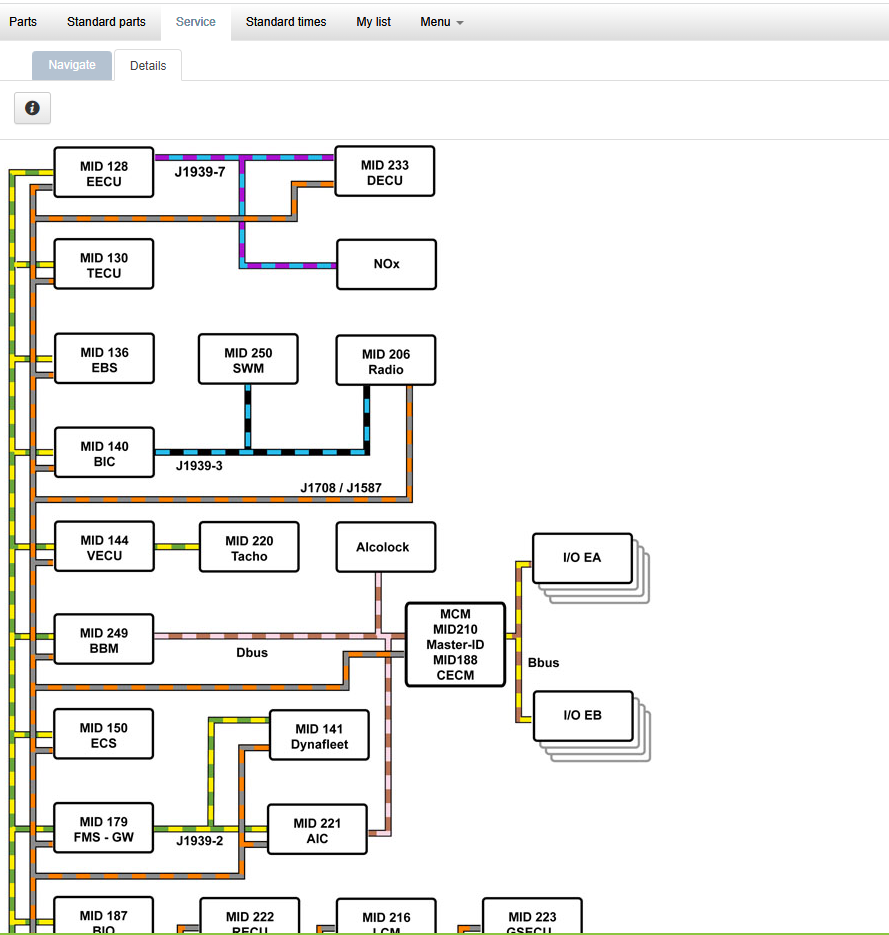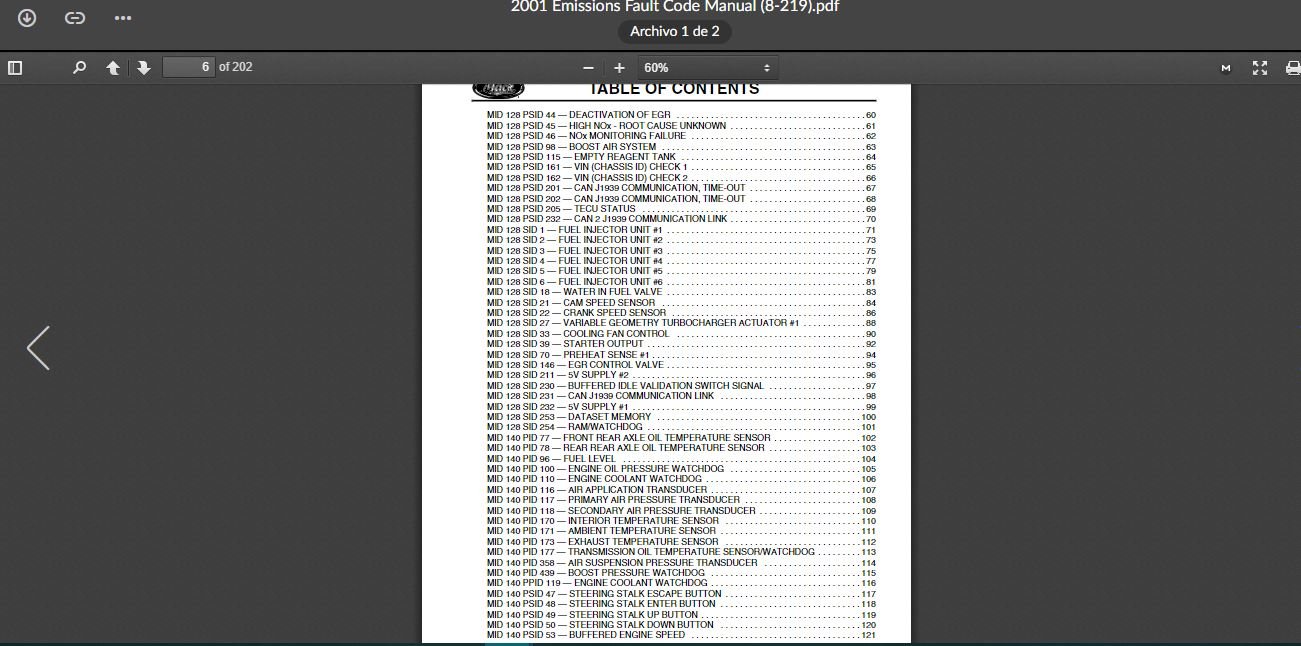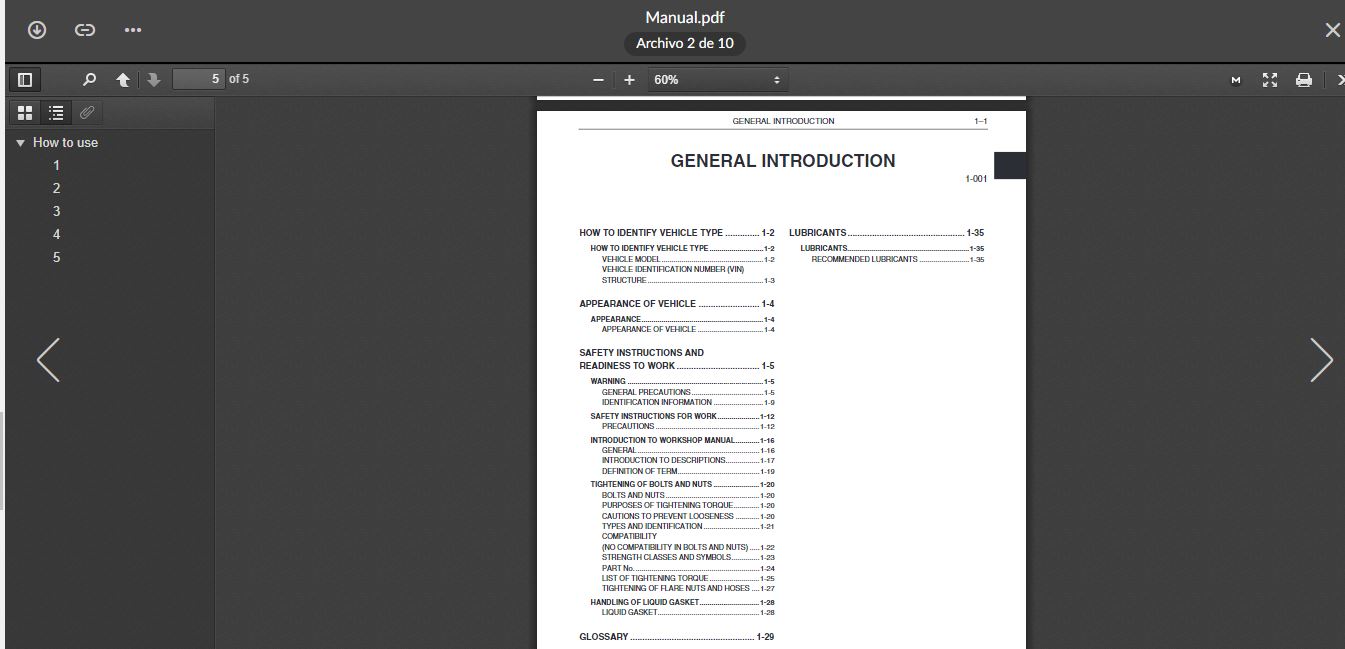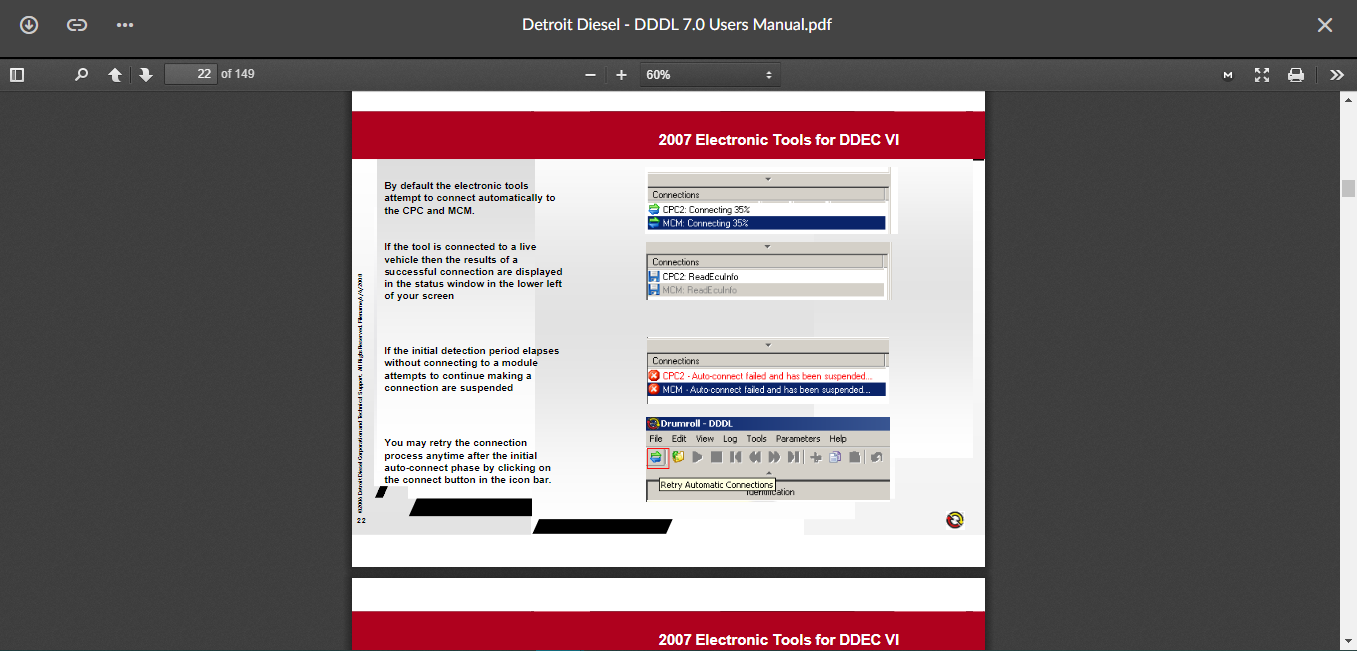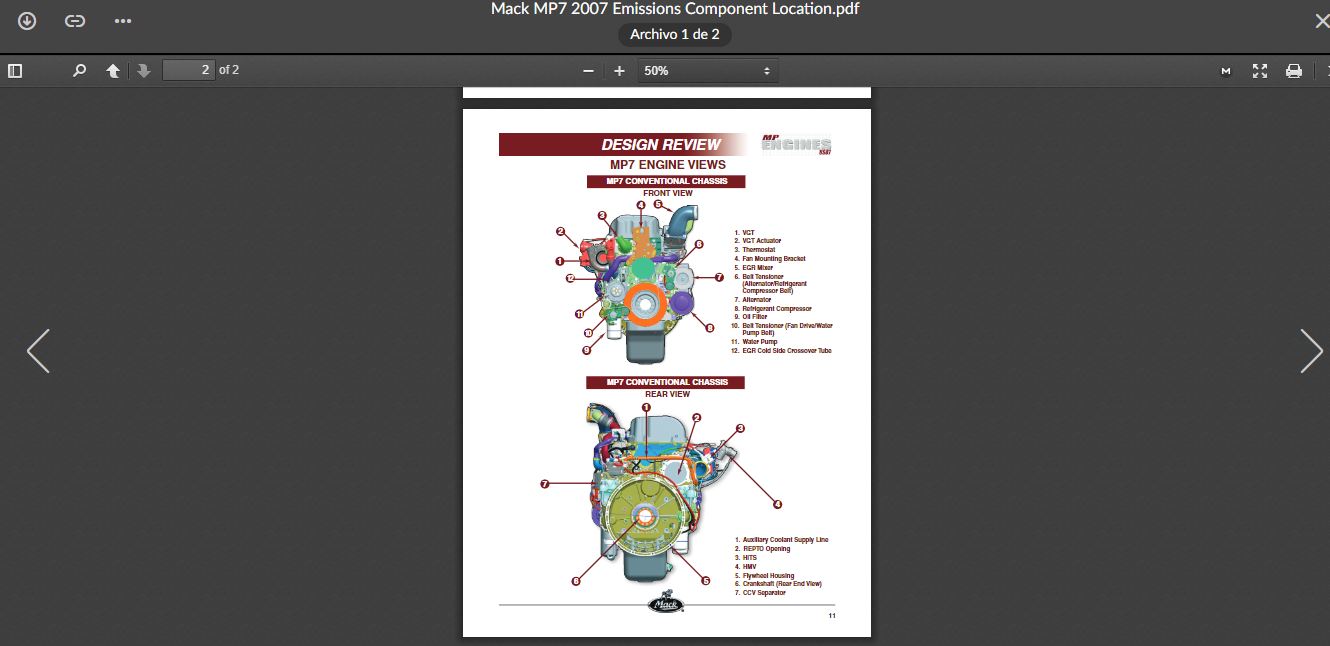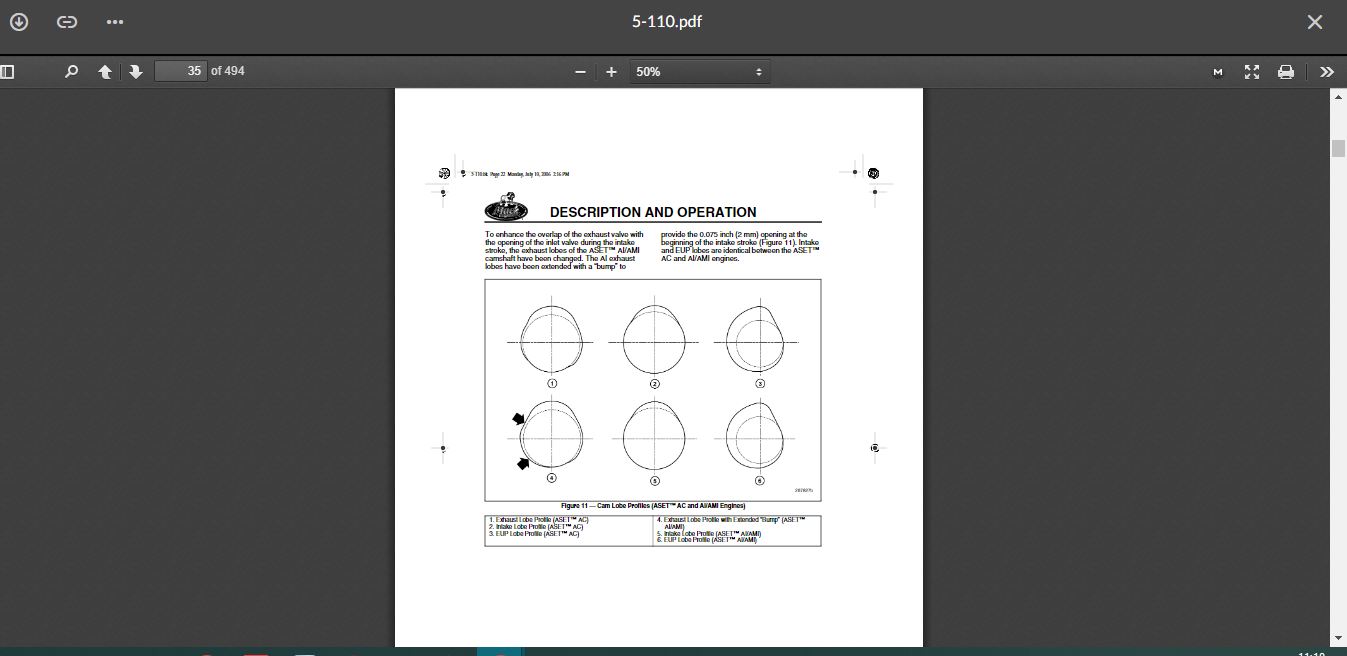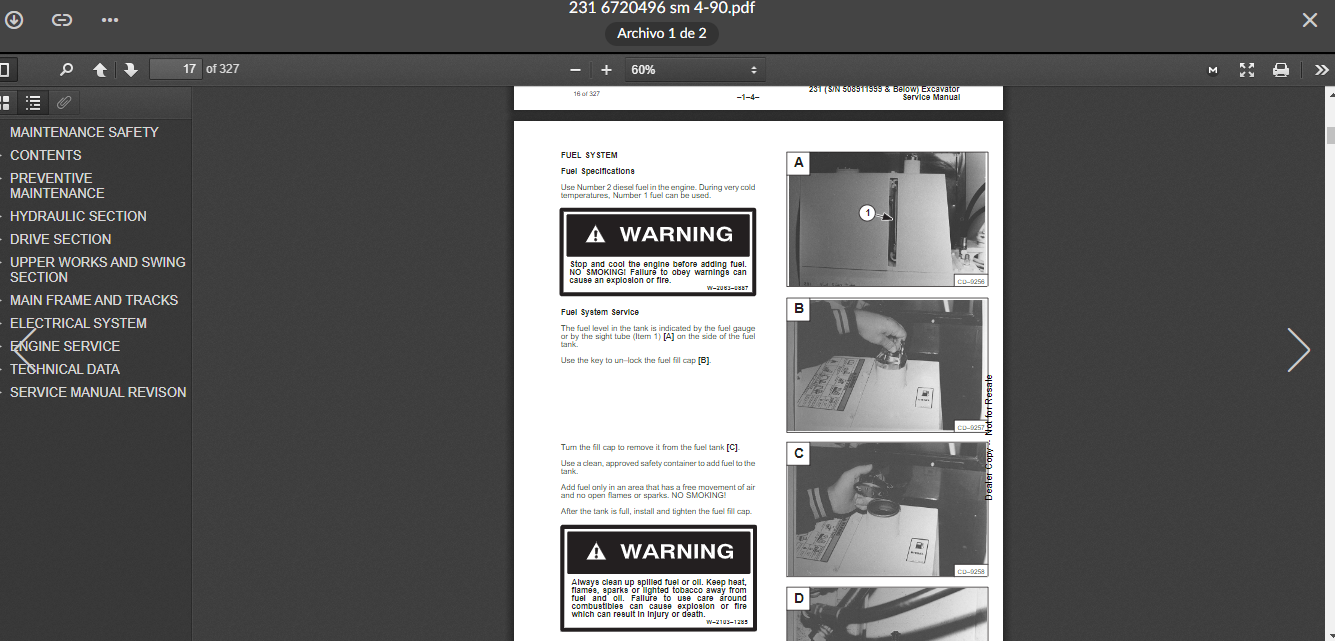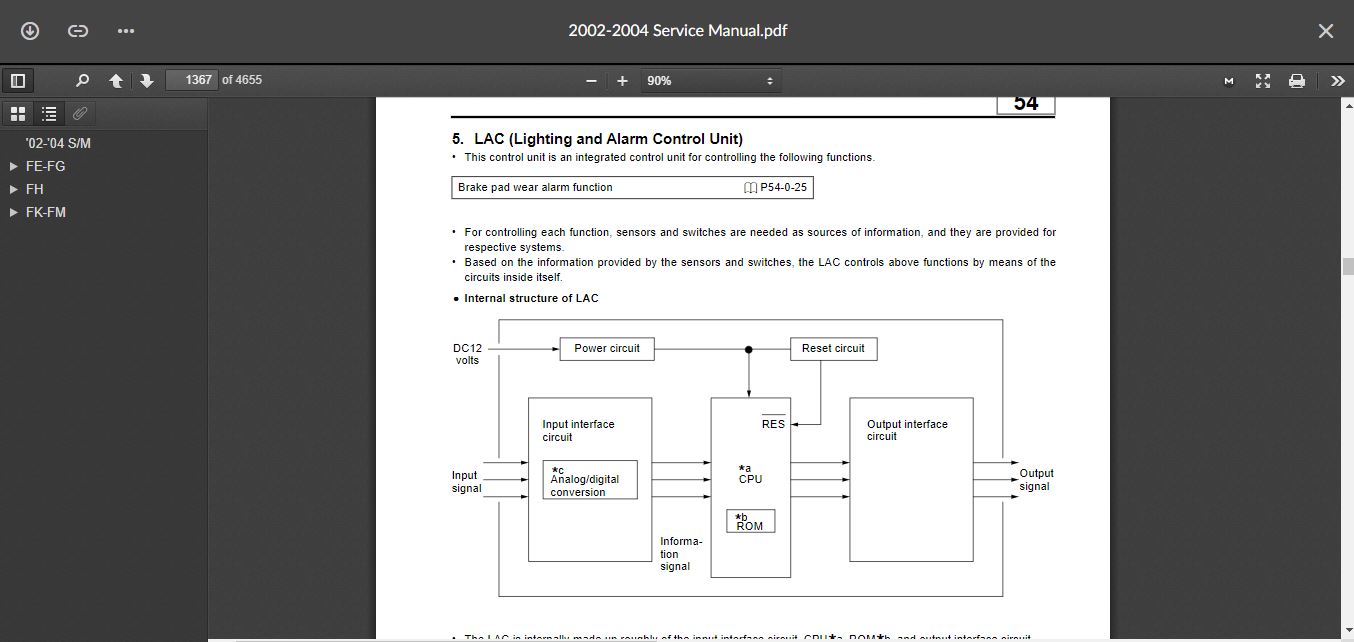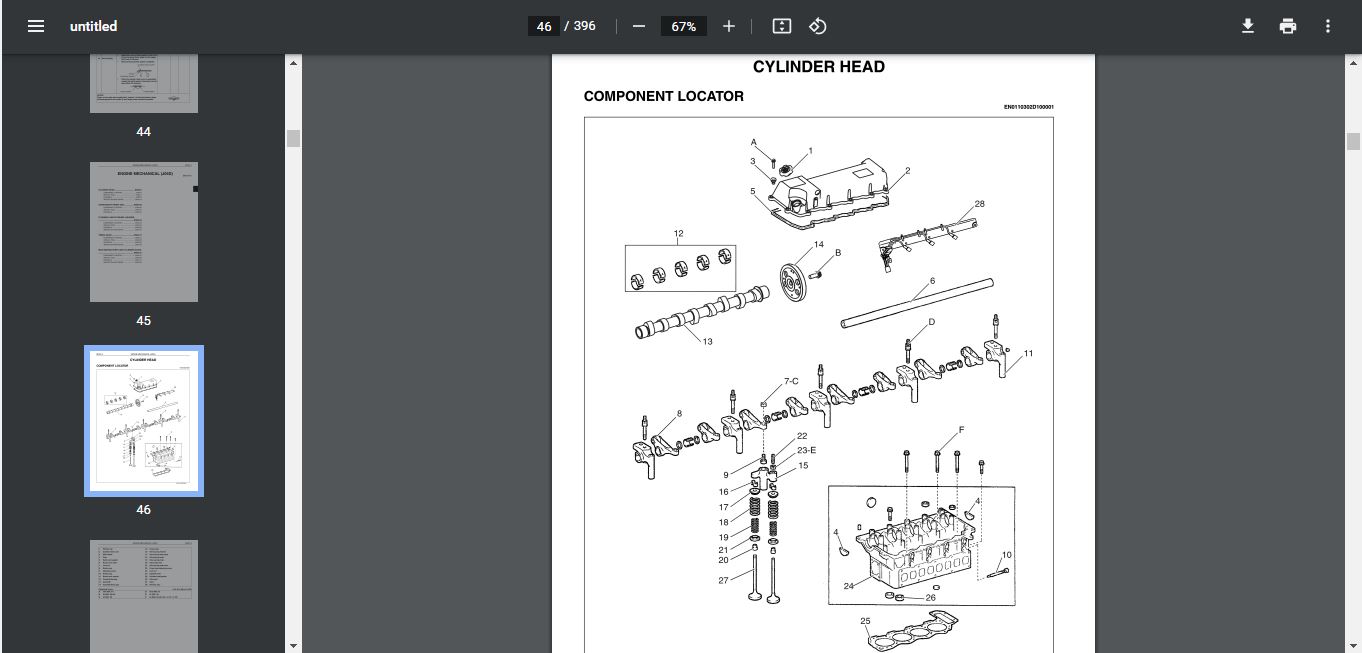Allison 1000 & 2000 Gen 4 Fault Codes: P0748 Pressure Control Solenoid A Electrical
Allison 1000 & 2000 Gen 4 Fault Codes: P0748 Pressure Control Solenoid A Electrical
CIRCUIT DESCRIPTION:
Trim solenoid A is used to control on-coming, off-going, and holding pressure to any one of the five clutches. This solenoid is referred to as a Pressure Proportional to Current (PPC) solenoid since the pressure output is proportional to the amount of controlled current commanded by the TCM.
The solenoid operates at a very high 1000 Hz frequency. Unlike the pulse width modulated Torque Converter Clutch (TCC) solenoid, where the ball follows the pulse width square wave, the PPC ball remains stationary due to the high frequency at which the solenoid operates. This allows the ball to move in a linear up and down motion proportional to the current commanded from the TCM. This supplies the desired signal pressure to control the trim valve.
CONDITIONS FOR RUNNING THE DTC:
1. The components are powered and ignition voltage is greater than 9V and less than 18V (12V TCM) or greater than 18V and less than 32V (24V TCM).
2. Engine crank time is under 4 seconds.
CONDITIONS FOR SETTING THE DTC:
DTC P0748 is set when one of the following conditions is detected for 125 milliseconds:
1. Open circuit – TCM commanded duty cycle between 31 percent and 87 percent with no current present at trim solenoid A.
2. Short to ground – TCM commanded duty cycle is over 87 percent with a current of less than 1.0 ampere at trim solenoid A.
3. Short to power – TCM commanded duty cycle is under 15 percent with electrical current present.
4. Whenever a P0748, P0778 combination is set in failure records, this is generally caused by having the transmission harness disconnected at the main transmission connector while the vehicle ignition is ON. Check the connection at the transmission and clear codes.
ACTION TAKEN WHEN THE DTC SETS:
When DTC P0748 is active, the following conditions will occur:
1. If failure occurs while in a forward range, the transmission shifts to 1st, 3rd, or 5th range.
2. If the shift selector is moved to N (Neutral), the transmission will shift to N (Neutral).
3. If the shift selector is moved to R (Reverse), the transmission will shift to R (Reverse) unless the transmission is compromised by a direction change; then the transmission will shift to or lock in N (Neutral).
4. If the shift selector is returned to a forward range and the transmission is compromised by overspeeding or a direction change, the transmission will lock in N (Neutral).
DTC P0748 is stored in the TCM history.
The CHECK TRANS light illuminates.
The TCM freezes shift adapts (DNA).
CONDITIONS FOR CLEARING THE DTC/CHECK TRANS LIGHT:
A Scan Tool may be used to clear the code from the TCM history. The TCM automatically clears the DTC from the TCM history if the vehicle completes 40 warm-up cycles without the DTC recurring.
DIAGNOSTIC AIDS:
The diagnostic test performed to detect this DTC is very sensitive. Therefore, there is a high probability that an intermittent circuit condition may be causing this DTC to set. Check for the following conditions at the OEM harness first, then at the transmission internal harness.
Inspect the wiring for poor electrical connections at the TCM connector and the transmission main connector. Look for the following conditions:
1. A bent terminal.
2. A backed-out terminal.
3. A damaged terminal.
4. Poor terminal tension.
5. A chafed wire.
6. A broken wire inside the insulation.
7. Inspect OEM wiring harness routing, looking for possible contact points where chafing could occur. Moving parts on the vehicle could be contacting the harness. Check for contact at the parking brake drum, suspension components, transmission shift linkage, etc.
8. Inspect the internal transmission wiring harness for possible contact areas where chafing may occur.
When diagnosing for an intermittent short or open, massage the wiring harness while watching the test equipment for a change. It may be necessary to check for shorting to ground at individual wires within a harness to isolate an intermittent condition. Refer to Wire Check information.
You may have to drive the vehicle in order to experience a fault. Use the data obtained from failure records to determine transmission range and/or certain vehicle operating variables such as temperature, run time etc. This data can be useful in reproducing the failure mode where the DTC was set.
If this DTC appears to be temperature-related, suspect a defective solenoid. A failing solenoid may be temperature sensitive causing resistance values to fluctuate. This may cause an intermittent DTC to be set.
Related
$50.00
-
PF Diagnose 2.0.2.23 Diagnostics Software 2013 – Full Heavy & Medium Duty with OBDII Support – Online Installation Service
PF Diagnose $60.00Rated 0 out of 5 -
Detroit Diesel Diagnostic Link DDDL 8.0 PRO PROFESSIONAL Software trucks
Detroit $25.00Rated 0 out of 5 -
Volvo PROSIS Offline 2019 Parts Catalog Installation Service
Trucks software $45.00Rated 0 out of 5 -
CAT Engine Reprogramming Tool for flash programming C1.8, C2.4, C3.8 & C3.3B + Guide
CAT $50.00Rated 0 out of 5 -
Bobcat Service Library [03.2019] Service, Operator, Maintenance, Bulletines, etc full update
Bobcat $110.00Rated 0 out of 5 -
download MANCATS II v14.01 2014 Diagnostic software MAN CATS ( virtual machine )
MAN $75.00Rated 0 out of 5
Related products
-
Allison 1000 & 2000 Gen 4 Fault Codes: P0122 Pedal Position Sensor Circuit Low Voltage
1000 & 2000 Gen 4 $50.00Rated 0 out of 5 -
Allison 1000 & 2000 Gen 4 Fault Codes: U0100 CAN Bus ECM Error
1000 & 2000 Gen 4 $50.00Rated 0 out of 5 -
Allison 1000 & 2000 Gen 4 Fault Codes: P0875 Transmission Reverse Pressure Switch Circuit Malfunction
1000 & 2000 Gen 4 $50.00Rated 0 out of 5 -
Allison 1000 & 2000 Gen 4 Fault Codes: U0073 CAN Bus Reset Counter Overrun
1000 & 2000 Gen 4 $50.00Rated 0 out of 5 -
Allison 1000 & 2000 Gen 4 Fault Codes: U2104 CAN Bus Reset Counter Overrun
1000 & 2000 Gen 4 $50.00Rated 0 out of 5 -
Allison 1000 & 2000 Gen 4 P0719 Brake Switch ABS Input Low
1000 & 2000 Gen 4 $50.00Rated 0 out of 5 -
Allison 1000 & 2000 Gen 4 Fault Codes: P0871 Transmission Pressure Switch Solenoid E Circuit Stuck Open
1000 & 2000 Gen 4 $50.00Rated 0 out of 5 -
Allison 1000 & 2000 Gen 4 Fault Codes: U1000 Class 2 Loss of Serial Data Communication
1000 & 2000 Gen 4 $50.00Rated 0 out of 5 -
Allison 1000 & 2000 Gen 4 Fault Codes: U2105 CAN Bus ECM Error
1000 & 2000 Gen 4 $50.00Rated 0 out of 5 -
Allison 1000 & 2000 Gen 4 Fault Codes: P0872 Transmission Pressure Switch Solenoid E Circuit Stuck Closed
1000 & 2000 Gen 4 $50.00Rated 0 out of 5 -
Allison 1000 & 2000 Gen 4 Fault Codes: P0848 Transmission Pressure Switch Solenoid D Circuit High
1000 & 2000 Gen 4 $50.00Rated 0 out of 5 -
Allison 1000 & 2000 Gen 4 Fault Codes: U1300 J1850 (Class 2) Serial Data Communication Link Low
1000 & 2000 Gen 4 $50.00Rated 0 out of 5 -
Allison 1000 & 2000 Gen 4 Fault Codes: P0873 Transmission Pressure Switch Solenoid E Circuit High
1000 & 2000 Gen 4 $50.00Rated 0 out of 5 -
Allison 1000 & 2000 Gen 4 Fault Codes: U0032 J1850 (Class 2) Serial Data Communication Link High
1000 & 2000 Gen 4 $50.00Rated 0 out of 5




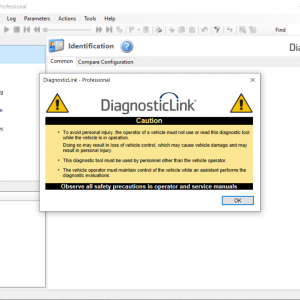

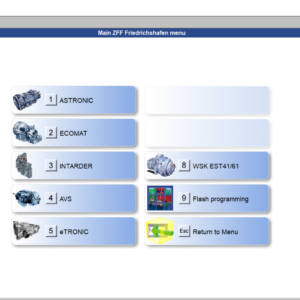
![Volvo Penta EPC 6 Offline VMware [12.2021] VMware](https://i0.wp.com/www.ecuforcetruck.com/wp-content/uploads/2022/11/VOLVO-PENTA-2021-A.jpg?resize=300%2C300&ssl=1)
